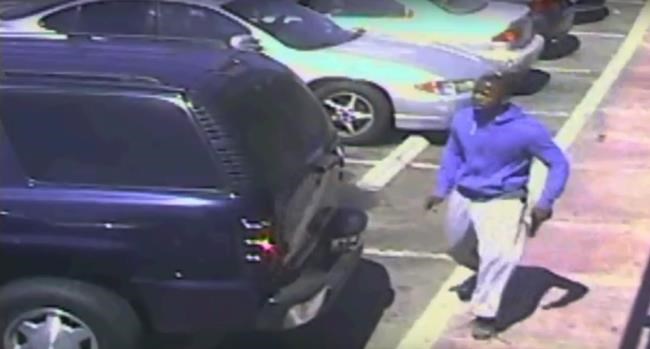
Activists blast LAPD video showing part of confrontation
LOS ANGELES – When the Los Angeles Police Department released video capturing part of a deadly confrontation between police and a black man, the criticism was immediate.
Although activists had been calling for the video’s release, they slammed the footage for failing to show the entire confrontation with 18-year-old Carnell Snell.
And the police department’s de facto policy on releasing such videos remains the same: keep them from the public except in rare cases.
“For them to pick and choose what to release, and release only those that they believe help justify a shooting, that’s the worst of all worlds,” said Peter Bibring, director of police practices at the American Civil Liberties Union of Southern California.
“It makes them look like they’re just trying to spin the incident and not provide real transparency,” he said.
The LAPD typically releases video of police shootings only under court order. Police Chief Charlie Beck told reporters the video involving Snell was released for public safety reasons and to correct misinformation.
“This is not done in any way to denigrate Mr. Snell,” he said.
The video shows Snell was armed just before he was shot dead Saturday, but it didn’t show when officers say he twice turned toward them holding a loaded semi-automatic handgun.
“If they can release that video, they can release every damn video,” shouted Melina Abdullah, a Los Angeles Black Lives Matter member who protested Snell’s death at a police commission meeting Tuesday.
Abdullah said the footage amounted to posthumously assassinating Snell’s character and doesn’t prove the shooting was justified.
The quick release of the video “is the best argument against LAPD officials’ contention that tapes can’t be released immediately,” said Earl Ofari Hutchinson of the Los Angeles Urban Policy Roundtable.
Regardless of whether the footage supports what police say, Hutchinson said, videos “must be released promptly to assure transparency and restore public trust in the impartiality and integrity of investigations.”
Beck’s decision followed a similar move by police in El Cajon, California, last week. The department initially released a screenshot from a video of the shooting of Alfred Olango after he pulled an electronic cigarette device from his front pocket and assumed what police called a “shooting stance” while pointing it at an officer.
They later released the full video of the shooting, citing the need to quell escalating protests and violence.
Police in Charlotte, North Carolina, also recently released snippets of recordings of the shooting death of Keith Lamont Scott, which had led to violent protests.
Many police departments have good reasons to keep videos from the public, said Louis Dekmar, vice-president of the International Association of Chiefs of Police and chief of the LaGrange Police Department in Georgia.
He said releasing videos can compromise investigations in a number of ways, including tainting witness and officer memories.
And videos don’t always tell the full story, like in Snell’s shooting.
“Video is helpful but it’s not absolute,” Dekmar said, adding that his department’s policy is to generally release videos if doing so won’t compromise investigations.
Snell was shot after officers tried to pull over a car he was in because it had paper license plates that didn’t match the year of the vehicle. Snell jumped out and ran, and a chase followed, police said.
During the portion of the chase not captured on the video, police say Snell turned toward officers while holding a gun.
Officers fired three shots that missed Snell, who then climbed a fence and turned again toward the officers while holding the gun, police said. Police fired three more times, hitting Snell in the torso and knee and killing him.
Join the Conversation!
Want to share your thoughts, add context, or connect with others in your community? Create a free account to comment on stories, ask questions, and join meaningful discussions on our new site.








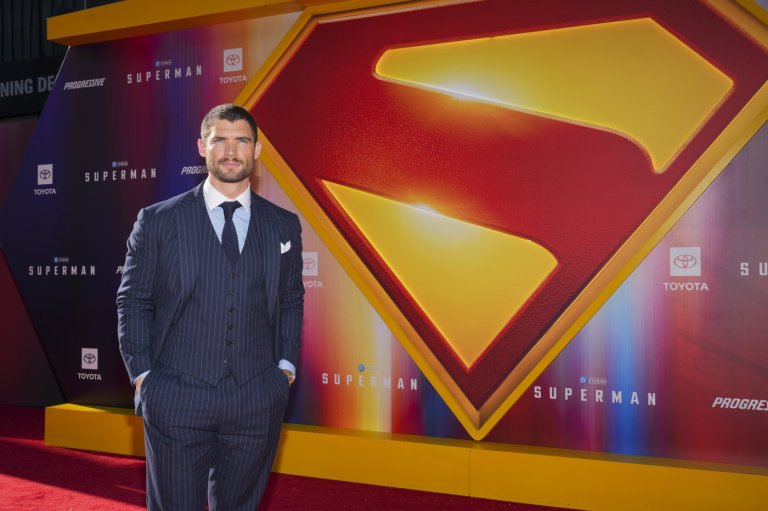
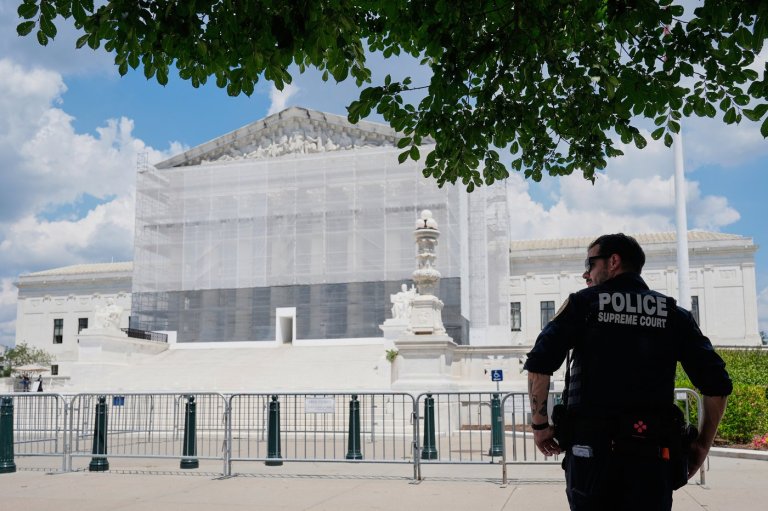
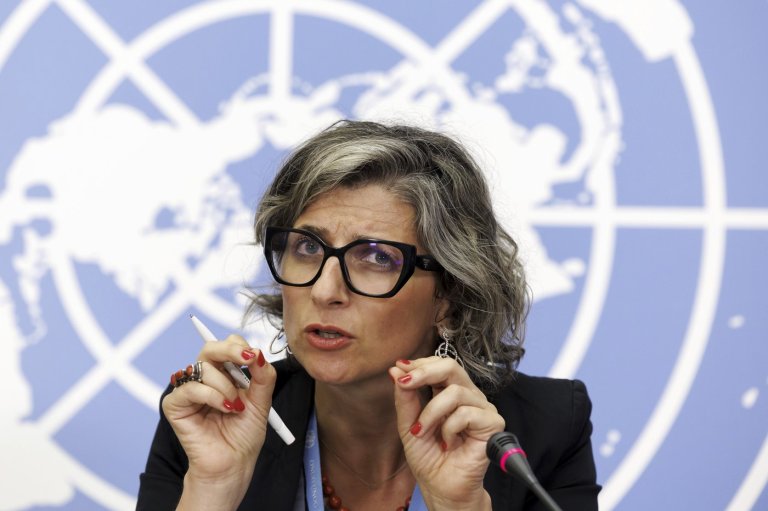
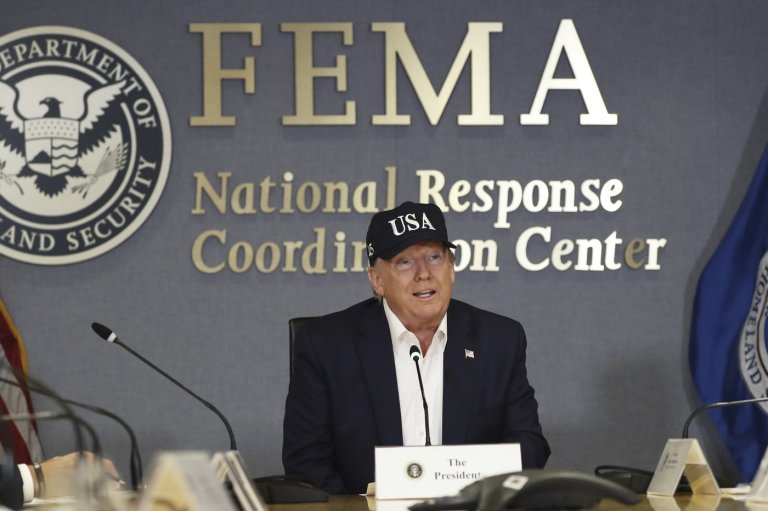
Leave a Reply
You must be logged in to post a comment.